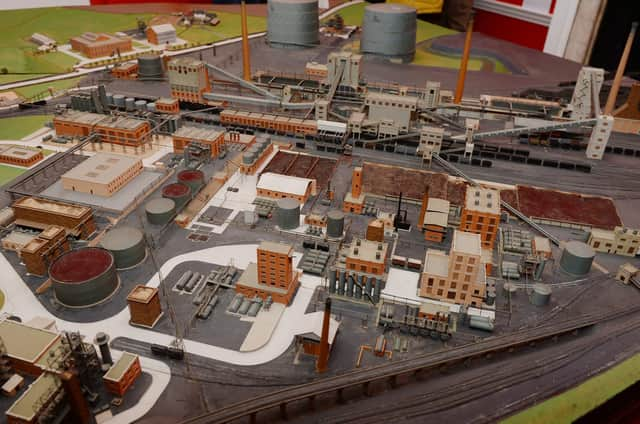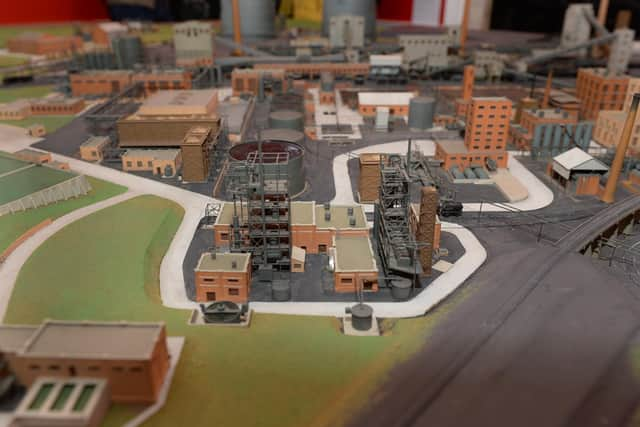Highly detailed model allows museum visitors to step back in time to Orgreave


But as the 40th anniversary of the notorious ‘battle’ approaches, anyone wanting to visit the site where history was made will be disappointed.
Orgreave coking plant, which miners set out to picket, is long-gone and the site now transformed for housing in the Waverley district.
There is one way to - almost - turn back the clock.
Advertisement
Hide AdAdvertisement
Hide Ad

A large and impressively detailed model of the coking plant is on display at Clifton Park museum, as part of the Days of Laughter, Days of Pain exhibition, which runs until June 30, looking at the strike.
It has been held by the museum since the coking plant closed - it had been on display there under a large glass cover to indicate the scale of the plant - but is so large it has not been on public view until now.
Collections and exhibits officer Jenna Moughton said the display was so big, specialists had been called in to transport it to the museum in the early 1990s.
Few details of its history were known, though it is believed to have been constructed in the 1960s, by a firm in Northampton.
Advertisement
Hide AdAdvertisement
Hide Ad“There is so much detail in it. Visitors are really loving it, but don’t realise how big it is, if they have seen photographs online.”
Conservation work was needed to repair some damage and the museum is urging visitors to avoid touching the exhibit, as the glue which holds it together is now brittle.